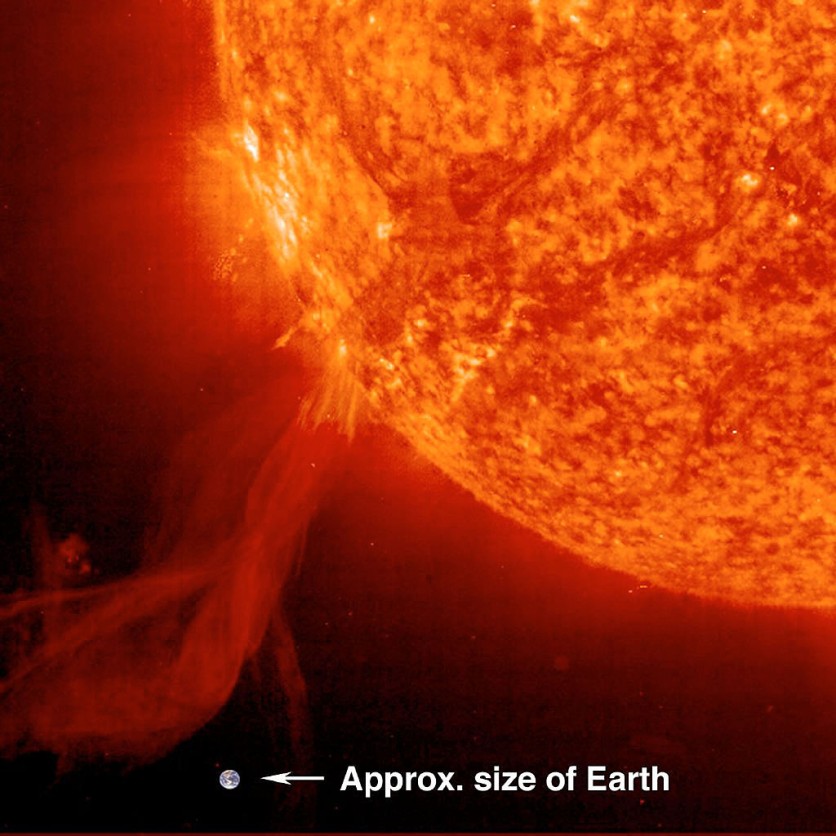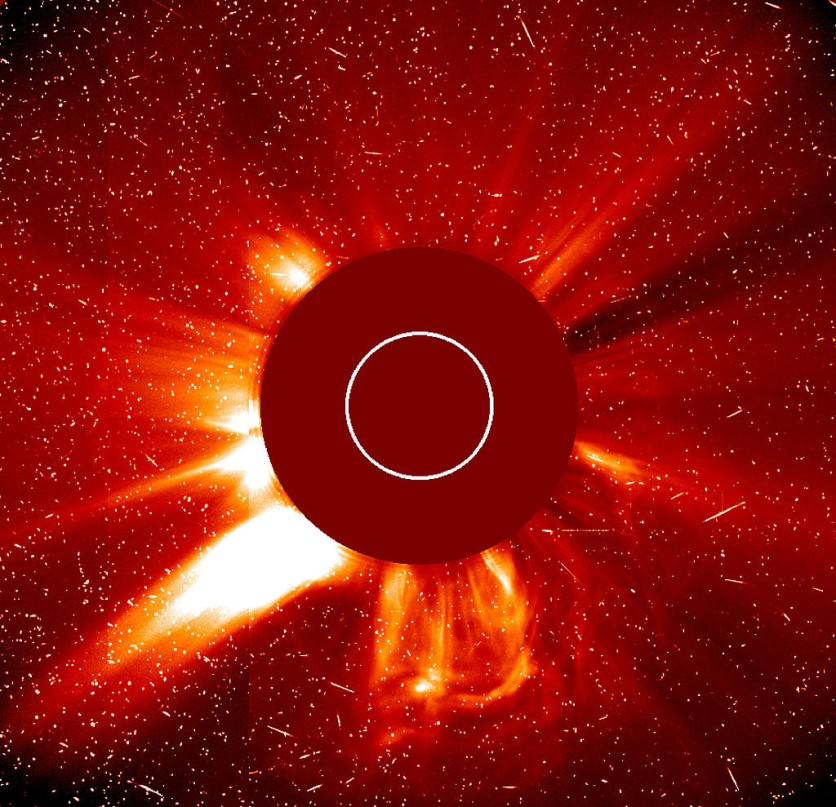NASA's Parker Solar Probe has flown past the sun, opening a plethora of research about the sun that scientists could conduct in the future, as reported first by Space.com.
On Tuesday, Sept. 6, at 2:04 a.m., the Parker Solar Probe passed within 5.3 million miles (8.5 million kilometers) from the sun's surface during its 13th perihelion or closest approach to the sun.
This perihelion occurs at a time when the sun has been extremely active, with a sunspot the size of Earth and recent geomagnetic storms and solar flare eruptions.
Although Parker hasn't yet observed this kind of behavior throughout its close encounters with the sun, researchers are hopeful that it will this time.

Read also : A 68-Foot-Wide Asteroid That is 10 Times Faster Than a Rifle Bullet Will Travel Toward Earth Tomorrow
The Sun is More Active Than Ever
Parker Solar Probe project scientist Nour Raouafi of Johns Hopkins University Applied Physics Laboratory (JHUAPL), who oversees the mission, stated in a press release by NASA that no one has ever flown through a solar event so close to the sun like this before.
The sun was in solar minimum, an unproductive phase of the 11-year solar cycle, when Parker was launched in 2018. However, the sun is already more active than scientists had anticipated, and activity is rapidly rising back up to solar maximum, which is predicted to occur in 2025.
Parker still has 11 parhelia left in its mission, even after the current movement. Hence, astronomers are optimistic that some of them will coincide with the next solar outbursts as their frequency rises.
But this perihelion will become even more exciting as another space mission will join Parker to observe the sun and provide further data to scientists.
Parker will monitor the sun at the same time as Solar Orbiter, a joint NASA-ESA mission, but from a distance of 58.5 million miles (94.1 million kilometers), following the Solar Orbiter's flyby of Venus on Saturday, Sept. 3.
"By combining the data from multiple space missions and even ground observatories, we can understand the bigger picture," Raouafi said.
"In this case, with both Parker and Solar Orbiter observing the sun from different distances, we will be able to study the evolution of the solar wind, gathering data as it passes one spacecraft and then the other."

This article is owned by Tech Times
Written by Joaquin Victor Tacla
ⓒ 2026 TECHTIMES.com All rights reserved. Do not reproduce without permission.




